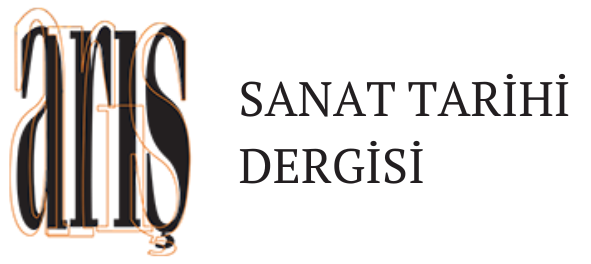Analysis of Zara District Carpet Samples in Cultural Identity Formation
Sivas Cumhuriyet Üniversitesi, Mimarlık Güzel Sanatlar ve Tasarım Fakültesi, Görsel Sanatlar Bölümü
Keywords: Carpet, Zara, Cultural Heritage, Digital Carpet Design, Sivas.
Abstract
Anatolian carpet weaving is an important art form that reflects the deep roots and rich traditions of Turkish culture. This traditional art, which has a rich past in both aesthetic and cultural terms and constitutes an important part of world art history, began with the migration of nomadic communities from Central Asia to Anatolia. It continues its existence as an important heritage reflecting the cultural and artistic development of Anatolia throughout history. In this study, carpet weavings in Zara district, one of the important centers in weaving, were investigated. The villages in Zara district where the most weaving was done were selected and included in the sample. The carpet culture and characteristics of the district were explained through a total of 15 carpet samples, including 11 old carpet samples located in Akören (1), Gümüşçevre (1), Ekinli (2) and Canova (7) villages and 4 old carpet samples located in the city center. In addition to the quantitative characteristics of the weavings (quality, yarn type, size, technique used, pattern), the qualitative characteristics (meanings carried by motifs and patterns and the messages they convey) were also tried to be explained from the information forms created during the research. In addition, the carpets recorded with the photography method were transferred from the photograph to the digital environment in order to be reproduced, thus contributing to the sustainability of the patterns. In addition, it has been interpreted in the light of statistical data to create a sense of belonging and identity.
Scorpion, hexagon, diamond, abundance, cloud, monster’s foot, hook, flower, branch, bunch of flowers, dragon, hand-finger-comb, eye, bud, rosebud, rose, tree of life, sign, carnation, camel neck, bird, dovetail, tulip, roasted chickpea, medallion, amulet, arrow, cocklebur, chest, cattle urine, stylized animal, waterway (cattle urine), Turkmen rose, sawtooth, writing depiction, clover, star, leaf. 38 different motifs were used in the carpets. The most commonly used colors in the carpets are red and blue, while burgundy and beige were determined as the least used colors. Most of them are woven from wool yarn in weft and warp in accordance with the character of the regional carpet.

